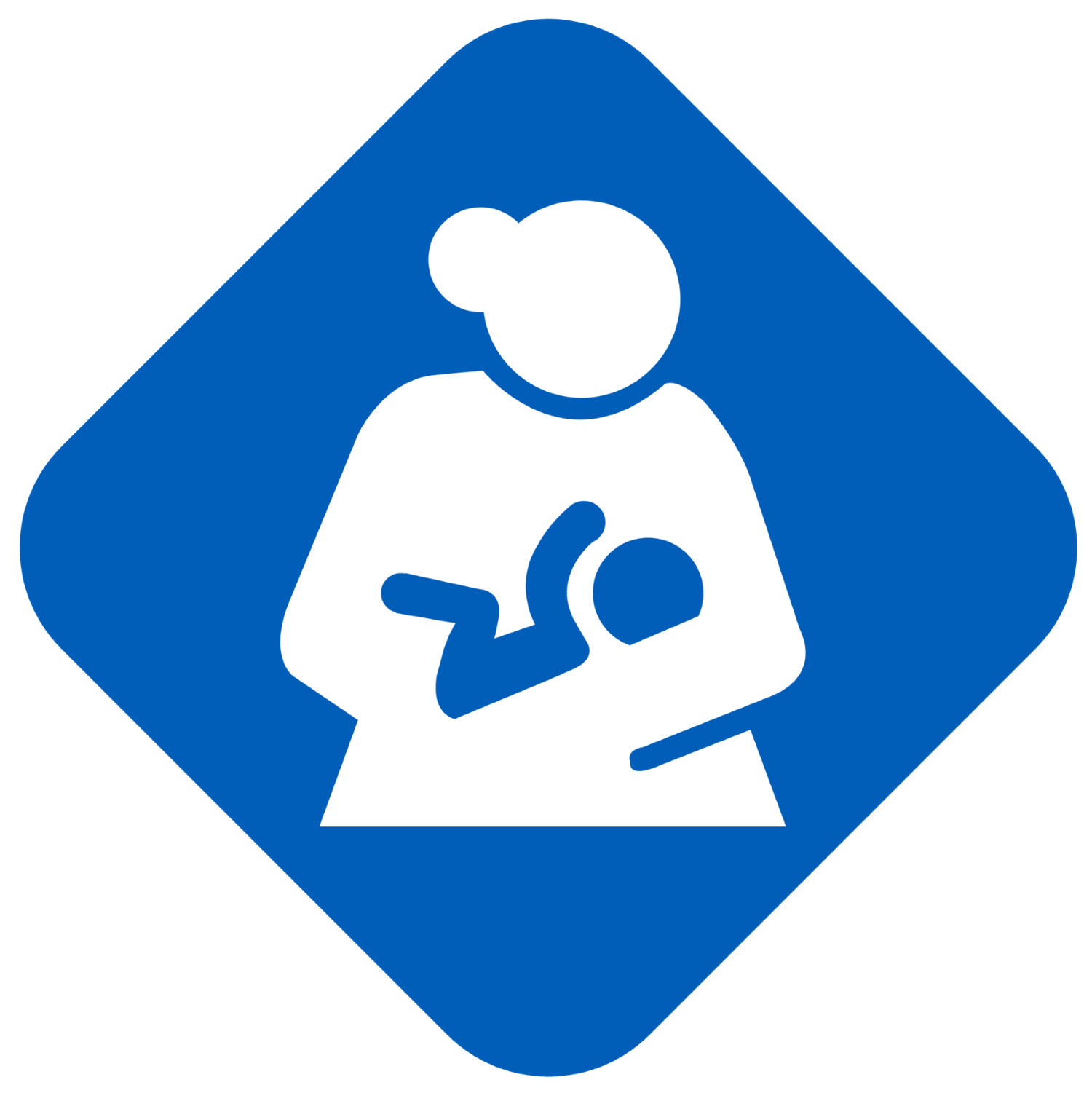
When you first start breastfeeding you might wonder “Is my baby getting enough?”. With Frequent breastfeeding, by the end of the first week, a mother’s milk production has increased more than tenfold, from 1 ounce on the first day to about 10 to 19 ounces per day by day 7. For more information, visit the NHS “Breastfeeding: Is my baby getting enough?” page.
There are a number of reasons why you could have breast pain whilst breastfeeding. For more information, visit the NHS Breast Pain and Breastfeeding page.
Mastitis is the term for inflammation of the breast, and it can be mild or severe. Mastitis occurs most often during the early weeks of breastfeeding. For more information, visit the NHS Mastitis page.
If your nipples become painful, this is usually due to a poor latch. For more information, visit the NHS Sore or cracked nipples when breasfeeding page.
Thrush, also known as Candida, is a fungal infection and is caused by an overgrowth of yeast that normally lives in our bodies. For more information, visit the NHS breastfeeding and thrush page.
Breastfeeding is a skill that you and your baby learn together. It can take time to get used to. For more information, visit the NHS breastfeeding positioning and attachment page.
Tongue-tie (also called ankyloglossia) is where the strip of skin connecting the baby's tongue to the floor of their mouth is shorter than usual. Tongue-tie affects around 4-11% of newborn babies. It's more common in boys than girls, and sometimes runs in families.
Some babies who have a tongue-tie don't seem to be bothered by it. In others, it can restrict the tongue's movement, making it harder to breastfeed.
Tongue-tie is sometimes diagnosed during a baby's routine newborn check, but it's not always easy to spot. It may not become apparent until your baby has problems feeding.
See your health visitor, midwife or GP if you're concerned about your baby's feeding and think they may have tongue-tie.
For more information, take a look at the Countess of Chester Hospital’s Tongue Tie patient information leaflet.

